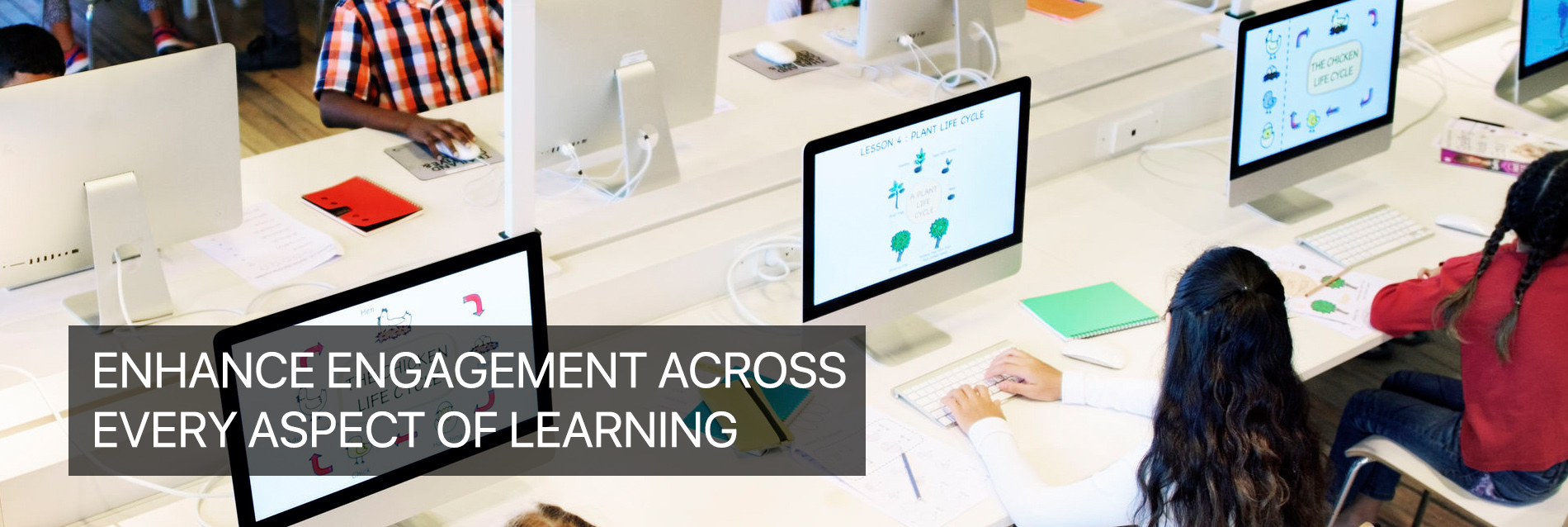
Collaboration Learning Software
Collaboration Learning can enhance overall classroom productivity and support collaborative student work. The application provides teachers with tools to organize and send/ receive lessons, administer assessments, and control student activity while eliminating distractions.
Key Features
 Manage |
 Instruct |
 Monitor |
 Assess |
 Security |
 Summary |
Benefits in Education
- Assessments – Educators can design and easily administer assessments to test student comprehension.
- Thumbnail monitoring – Educators can monitor activity through thumbnail views of student PC screens.
- Screen sharing – Educators can share their screen with the class or choose a student’s screen to share.
- File distribution and collection – Educators can distribute lesson materials & collect homework electronically, automatically creating a file system on their PC.
- Screen lock – Educators can blank student screens to direct the lesson and get students’ attention.
- Student journal – Delivers a complete record of all activity within a lesson, aids homework and revision, provides a valuable resource for students who have missed a lesson and gives educators a full record of activity.
- Chat – Students and educators can communicate privately.
- Tech console – Enables a school IT admin to deliver remote technical support.
Example Usage Plan
Subject |
Description |
Use of Collaboration Learning |
Language Arts |
Students choose a novel highlighting a social or political issue and examine primary sources from the time in which it was written. Students analyze data to produce two digital products: a commentary written by a contemporary of the author and a modern discussion of the novel. |
Teachers use Collaboration Learning to monitor student activity through thumbnail screen views, distribute samples and other reading materials to student machines, and create a formative assessment to evaluate student progress. |
Science (K-2) |
Working with older buddies, students become experts on eight species of bears. Students estimate and measure differences between themselves and bears, and compare two bear species’ habitats, sizes, and needs. Students dig deeper to learn about one species and create a guide for children who visit the local zoo. |
Teachers use Collaboration Learning to monitor individual and collaborative student activity. Teachers can shut down distracting web sites or social media, and give assessments. |
Science (Grades 6-8) |
Students research and analyze community recycling and waste management methods. Students develop a new recycling plan for the local community, propose recommendations to a committee, design a web page, and more. |
Teachers use Collaboration Learning to manage class time by assessing student progress with thumbnail views in the teacher’s console. Teachers can share student screens to show the class examples of good work. |
